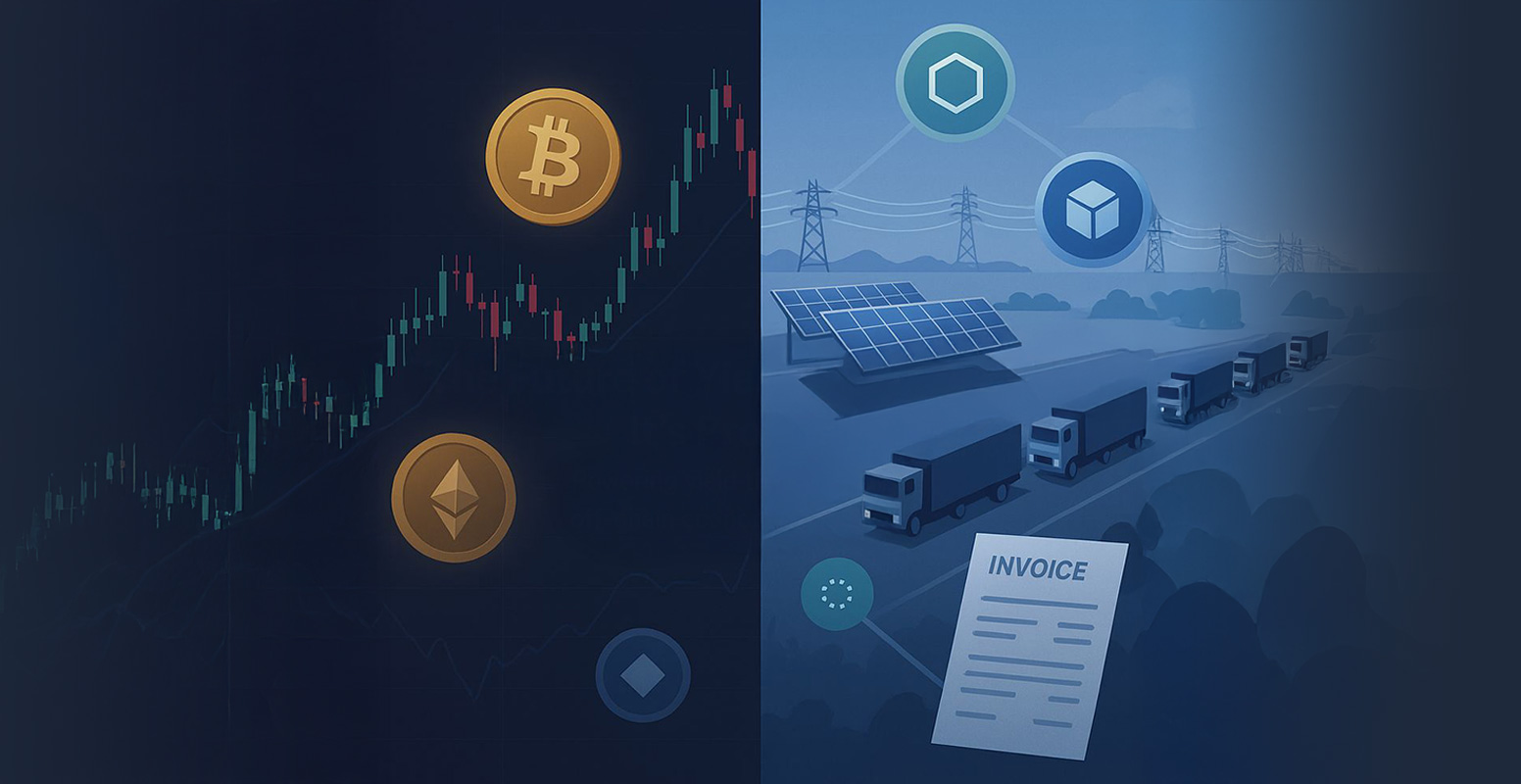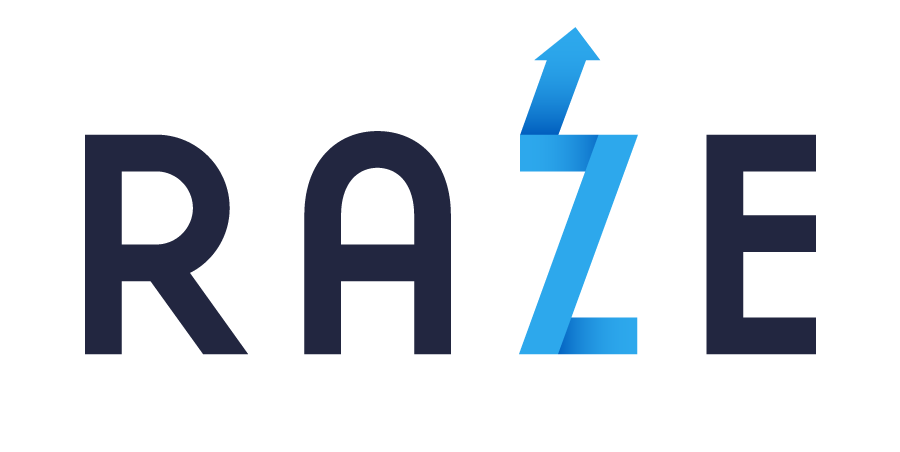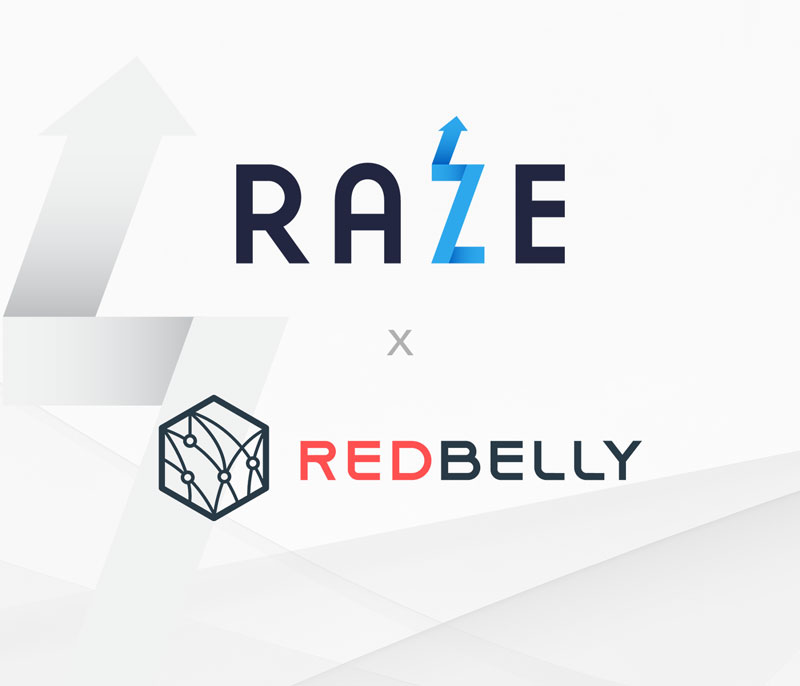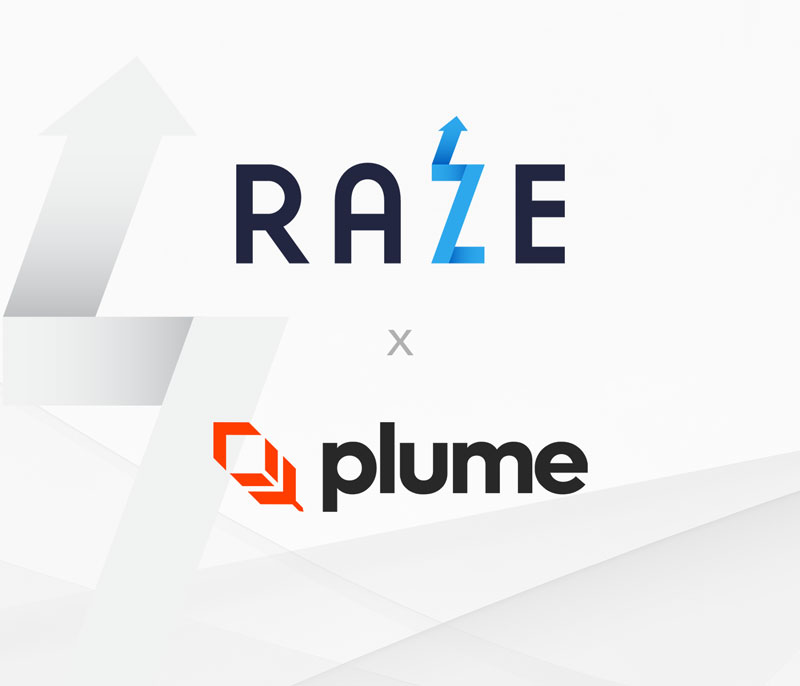Why DeFi Needs Real, Uncorrelated Yield

DeFi has unlocked a new era of financial access and composability—but its foundation is still shaky.
For years, DeFi yield has been driven by internal feedback loops: token emissions, staking incentives, leveraged lending. These mechanisms aren’t inherently bad—but they’re inherently fragile. When markets fall, so does yield. Protocols stall. Liquidity flees.
The root problem? Correlation.
Most DeFi yield is tied directly to the performance of the crypto market itself. This correlation isn’t accidental – it’s the result of a structural design where protocols depend on crypto-native activity including mining, staking, trading, and liquidity to generate returns. This creates a system wide and correlated dependency on the same capital flows and usage concentrated within the same ecosystem.
Major market swings, unexpected market swings, wars, and even black swan events – like a stablecoin depeg – can trigger a chain reaction in hours or even minutes in the digital world. The system amplifies its own fragility, making the entire structure vulnerable to collapse.
To build a more resilient ecosystem, DeFi must connect to yield that comes from real-world, off-chain activity.
The Issue: Correlated Yield in a Closed Crypto Loop
Crypto-native protocols tend to generate returns from within the same limited system:
- Lending platforms lend to leveraged traders.
- LPs earn fees based on volatile market activity.
- Staking rewards are paid in emissions backed by little real revenue.
This is a closed loop of correlated risk—and in bear markets, it unwinds fast. Capital exits. Yields vanish. Protocols fail.
If DeFi is to scale into a real alternative to traditional capital markets, it needs a source of yield that isn’t bound to market cycles.
The Solution: Uncorrelated Yield from Off-Chain Assets
The next evolution of DeFi is being powered by real-world assets (RWAs) that generate real cash flows—completely independent of crypto price action.
This includes:
- SME and private credit
- Revenue-backed financing
- Commodity-linked assets
- Infrastructure with long-term income
These assets are grounded in actual economic activity—off-chain businesses with demand, customers, and repayment schedules. Their performance is not dependent on the price of ETH or BTC, making them a powerful hedge and a sustainable source of yield.
The fear in Defi? No one will participate because token incentives, unsustainable rewards, and unsustainable yields are not advertised. Who would want to touch that?
Answer? Seasoned investors (including the ones with digital assets), traditional finance, HNWIs, family offices, and even institutions entering the digital asset arena.
How Raze Is Delivering Real Yield
At Raze, we’re not just talking about RWAs—we’ve built the infrastructure to tokenize and distributeyield-on-chain.
Here’s how we’re doing it:
1. Revenue-Backed Credit Vault
Imagine a tokenized vault in partnership with a proven credit issuer that finances small businesses in emerging markets. These loans are underwritten based on years of real-world repayment data. Investors earn yield from actual business repayments, not speculative activity.
•Tokens represent a claim on revenue-backed debt
•Payments are programmatically distributed on-chain
•Yield is derived from non-crypto business operations
This offering gives DeFi investors exposure to non-correlated, credit-based income—with a strong track record and built-in protections.
This represents the future from Raze!
2. Commodity-Linked Revenue Token
We recently launched a tokenized offering with a U.S.-based industrial operation that processes critical materials. Capital raised via Raze is used to scale processing capabilities, and token holders receive a portion of future revenue tied to production output and customer contracts.
- Asset-backed by a physical commodity facility
- Tokenized revenue share structure
- Yield tied to long-term supply contracts and production, not crypto
This is a powerful example of how DeFi can participate in global, real-world value chains—and generate durable returns from them.
Why This Matters
These aren’t just experiments—they’re blueprints.
When DeFi integrates uncorrelated, off-chain economic activity, it gains:
- Access to untapped sources of yield
- The trust of institutional capital looking for real performance
- Resilience across market cycles
It also democratizes access. Investors around the world can now participate in income-producing opportunities that were once gated behind the largest institutions, banks, brokers, or jurisdictional walls.
The Future of Yield Is On-Chain
DeFi doesn’t need more emissions—it needs connection to the real economy.
At Raze, we’re building the rails to bring off-chain assets on-chain in a compliant, transparent, and investable format. By unlocking yield from revenue, credit, and production—not speculation—we’re creating a new class of financial product:
Uncorrelated. Asset-backed. On-chain.
The next wave of DeFi will be powered by real-world value.
Raze is here to lead it.
____
About Raze
Raze is a tokenization engine that powers the full lifecycle of real-world assets—from token design and creation to capital formation and liquidity—through a tech-enabled capital stack. We help companies and funds tokenize assets like commodities, credit, real estate, and equity with built-in compliance and multi-chain support, giving investors real-time access to yield from real world assets.
Website: https://raze.finance
LinkedIn
X






